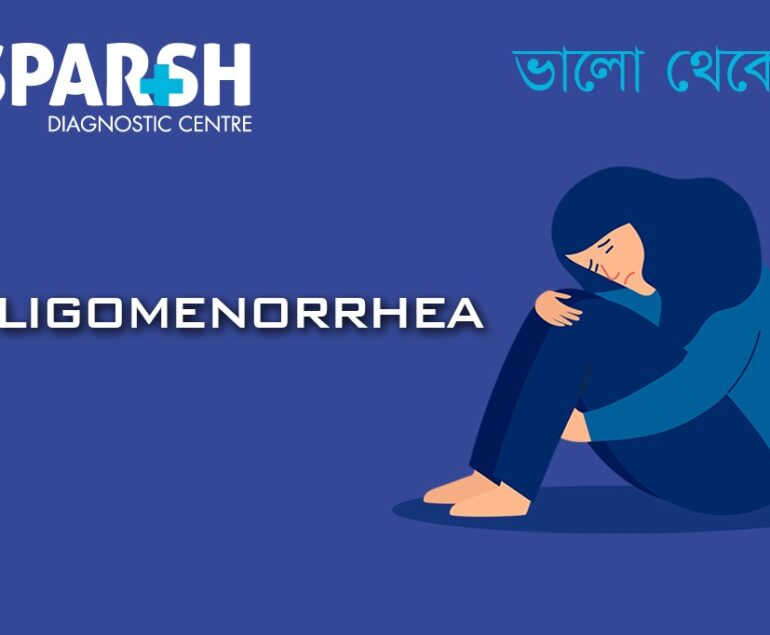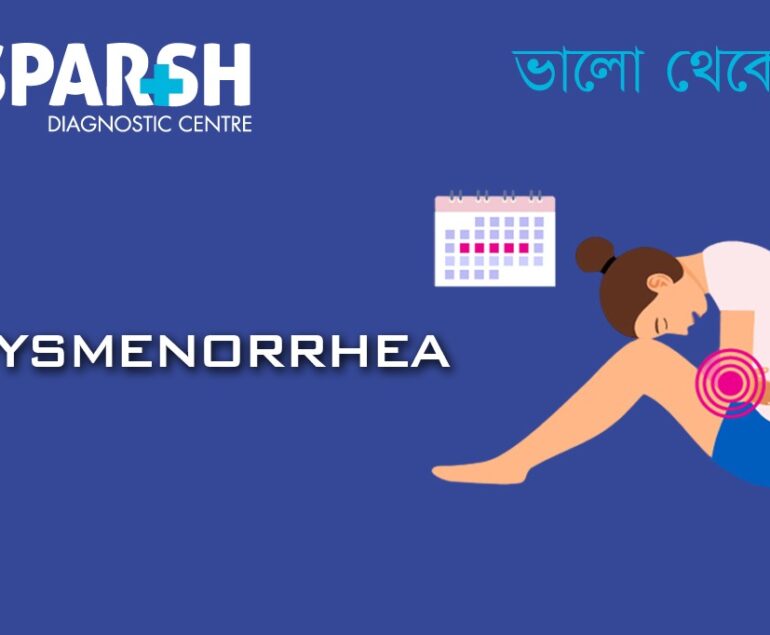Vaginismus is a condition that many women experience but few feel comfortable talking about. It is a complex issue that affects not only physical health but emotional and psychological well-being. Despite its profound impact on intimate relationships and personal confidence, vaginismus remains underdiagnosed and misunderstood.
This blog aims to shed light on vaginismus — its causes, symptoms, diagnosis, and treatment options — so women experiencing this condition can seek help without shame or fear.
What is Vaginismus?
Vaginismus is the involuntary tightening or spasm of the muscles around the vagina when penetration is attempted — whether during sexual intercourse, a gynecological examination, or the insertion of a tampon. This contraction is not under voluntary control and can cause significant pain, discomfort, or even make penetration impossible.
Vaginismus is classified under sexual pain disorders and may be either primary (present from the first attempt at penetration) or secondary (developing after a period of pain-free sexual activity).
Signs and Symptoms
The key symptoms of vaginismus include:
Burning or stinging sensation during penetration
Inability to insert tampons or undergo pelvic exams
Muscle spasms in the pelvic floor
Anxiety or fear associated with vaginal penetration
Avoidance of sexual activity or intimacy due to anticipated pain
These symptoms can vary in severity and may also lead to emotional distress, affecting self-esteem and relationships.
Causes of Vaginismus
Vaginismus is a multifactorial condition, meaning it often arises from a combination of physical, psychological, and emotional factors. Here are the primary causes:
1. Hypertonic Pelvic Floor Muscles
An overactive or tight pelvic floor can lead to vaginismus. These muscles may contract involuntarily in response to fear, anxiety, or anticipation of pain. Chronic tension in the pelvic region can become habitual and may require physiotherapy or relaxation techniques to resolve.
2. Hormonal Changes
Hormonal fluctuations due to menopause, childbirth, or certain medications (like chemotherapy or contraceptives) can result in vaginal dryness and thinning of the vaginal walls (atrophy), causing pain during penetration and leading to vaginismus.
3. Chronic UTIs or Yeast Infections
Recurrent urinary tract infections (UTIs) or yeast infections can cause persistent irritation and pain in the genital area. This repeated discomfort can result in a protective tightening of vaginal muscles to avoid further pain.
4. Unresolved Psychological Factors
Anxiety, stress, depression, or past trauma can play a significant role in vaginismus. Even without a physical cause, fear or guilt about sex, religious or cultural taboos, and relationship issues can trigger the condition.
5. Trauma
A history of sexual abuse, assault, childbirth trauma, or painful medical procedures can lead to vaginismus. The body responds to these traumatic events by tightening the vaginal muscles as a defense mechanism.
6. Neurological Conditions
Neurological disorders that affect muscle control or nerve function in the pelvic region can contribute to vaginismus. Conditions like multiple sclerosis, spinal cord injuries, or neuropathy may result in involuntary muscle spasms or altered sensations.

Risk Factors
While vaginismus can affect anyone, certain factors may increase the risk:
History of sexual abuse or trauma
Chronic pelvic pain or gynecological conditions
Lack of sexual education
Anxiety or depression
Negative beliefs about sex
Relationship difficulties
Menopause or postpartum changes
Types of Vaginismus
Understanding the different types of vaginismus is essential for accurate diagnosis and treatment.
1. Primary Vaginismus
This occurs when a woman has never been able to have pain-free vaginal penetration. It is often discovered during the first attempt at intercourse, tampon use, or pelvic exam.
2. Secondary Vaginismus
This develops after a period of previously normal sexual function. It may result from a medical issue, trauma, surgery, or emotional distress.
3. Global Vaginismus
In this type, muscle spasms occur in all situations involving penetration.
4. Situational Vaginismus
Here, spasms only occur during certain situations, such as with a specific partner or during intercourse but not with tampon insertion.
Diagnosis
Diagnosing vaginismus involves a careful and compassionate approach. The process usually includes:
1. Medical History
The doctor will ask about sexual experiences, menstrual cycles, past trauma, and any symptoms of pain or discomfort.
2. Physical Examination
A gentle pelvic exam may be performed to check for anatomical abnormalities, infections, or muscle spasms. The exam may use progressively sized dilators or a Q-tip test to identify pain points.
3. Psychological Evaluation
If no clear physical cause is found, psychological evaluation may be recommended to assess emotional or mental health factors.
Treatment Options
Vaginismus is highly treatable, especially when both physical and psychological aspects are addressed. Treatment typically involves a multidisciplinary approach:
1. Pelvic Floor Physical Therapy
A physical therapist can guide the patient through exercises to relax and retrain the pelvic floor muscles. Techniques may include biofeedback, manual therapy, and stretching exercises.
2. Use of Vaginal Dilators
Vaginal dilators of increasing size can help gradually desensitize the area and train the muscles to relax during penetration. They are used under medical guidance, often in combination with relaxation techniques.
3. Cognitive Behavioral Therapy (CBT)
CBT helps patients address anxiety, fear, and negative thought patterns related to sex. It is especially effective in cases where trauma or psychological issues are a root cause.
4. Sex Therapy
With the support of a licensed sex therapist, couples can work on communication, intimacy, and techniques to reduce fear and pain during intercourse.
5. Medical Treatment
If hormonal imbalances are involved, topical estrogen or hormone replacement therapy may be prescribed. Infections or inflammations should be treated promptly.
6. Botox Injections
In resistant cases, Botox may be injected into the pelvic muscles to reduce involuntary spasms. This is usually considered after other treatments have failed.
7. Mindfulness and Relaxation
Yoga, deep breathing, meditation, and guided imagery can help reduce anxiety and create a mind-body connection that eases muscle tension.
Coping and Support
Living with vaginismus can be emotionally draining. Support and understanding are crucial components of healing. Here are some tips:
Open Communication: Talk openly with your partner about your condition. Honesty helps foster trust and emotional intimacy.
Join Support Groups: Connecting with others facing the same challenges can reduce feelings of isolation.
Be Patient: Recovery may take time, and progress is often gradual.
Educate Yourself: Understanding your body and condition empowers you to make informed decisions.
Practice Self-Compassion: Avoid blaming yourself. Vaginismus is a medical condition, not a personal failure.
Prognosis
With appropriate treatment, most women with vaginismus recover fully and are able to enjoy pain-free intercourse and medical examinations. The key is early diagnosis, commitment to therapy, and support from healthcare providers and loved ones.
Myths About Vaginismus
Myth 1: “It’s all in your head.”
Reality: While psychological factors may play a role, vaginismus is a real physical condition involving muscle spasms.
Myth 2: “Only women with trauma experience vaginismus.”
Reality: Trauma can be a trigger, but many women without any history of trauma also experience vaginismus.
Myth 3: “You just need to relax.”
Reality: Vaginismus requires structured medical treatment, not just casual relaxation.
Myth 4: “You can’t have a fulfilling sex life with vaginismus.”
Reality: With treatment, most women go on to have satisfying sexual relationships.
Vaginismus is more common than many people realize and can deeply affect a woman’s quality of life. However, it is a treatable condition. Raising awareness, breaking the silence, and seeking compassionate care are essential steps toward recovery. If you or someone you know is struggling with pain during penetration or sexual activity, don’t hesitate to reach out to a gynecologist, pelvic floor therapist, or sex therapist.
Remember, healing begins with understanding — and no woman should suffer in silence.
If you’re looking for expert diagnosis and personalized care, Sparsh Diagnostic Centre is here to help.
Contact: 📞 9830117733 / 8335049501
Open: Monday to Saturday: 7 AM – 9 PM | Sunday: 7 AM – 3 PM
#BhaloTheko
Disclaimer:
No content on this site, regardless of date, should ever be used as a substitute for direct medical advice from your doctor or other qualified clinician.

![]()






[…] Vaginal Tightening (Vaginismus)Involuntary tightening or spasms of the vaginal muscles during penetration, causing pain or difficulty with intercourse. […]